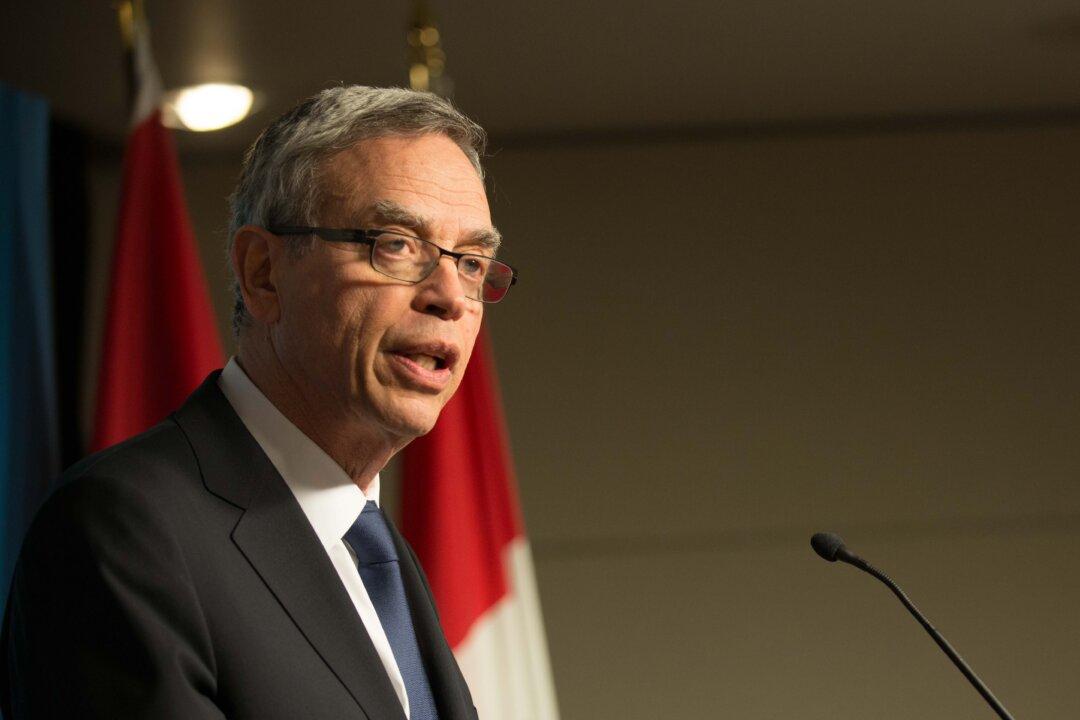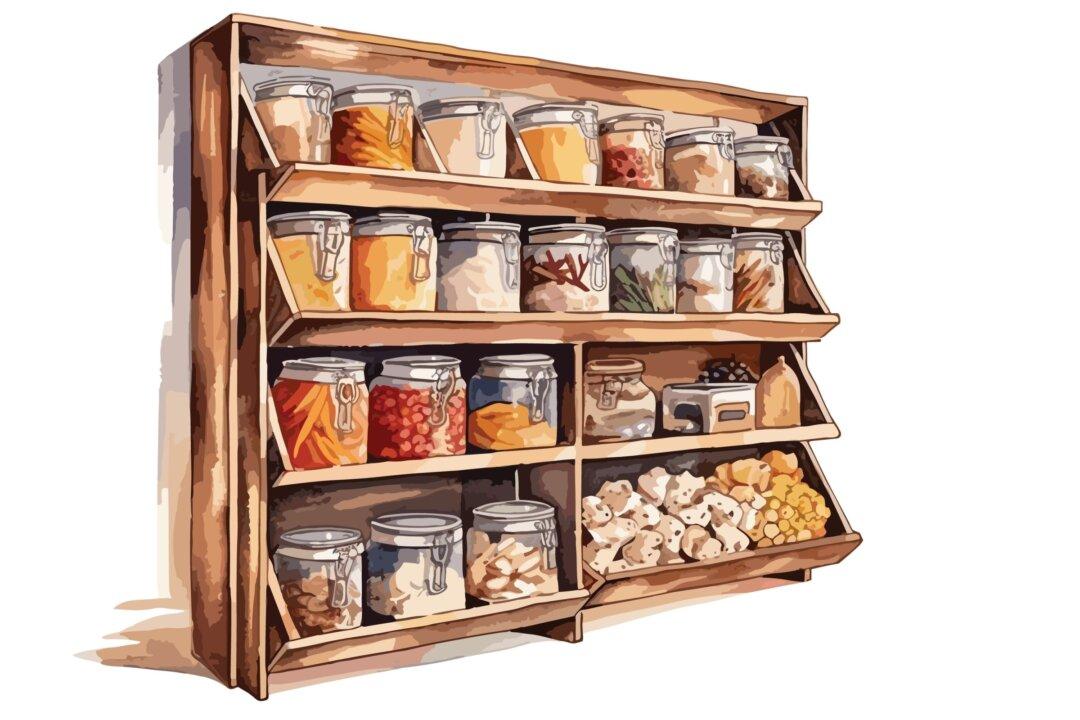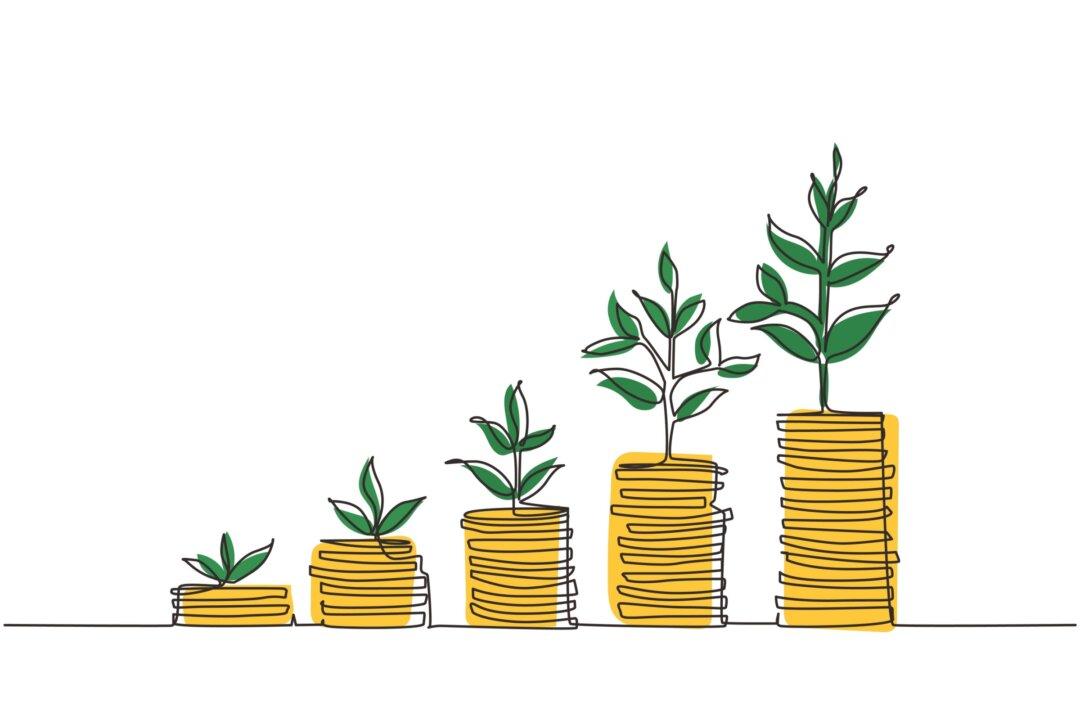OTTAWA—There are no big surprises in the budget Finance Minister Joe Oliver tabled Tuesday, April 21, but this was a budget about what was missing—a deficit.
“Today Canadians can rest assured that Canada’s fiscal house is in order,” declared Oliver in his budget press conference Tuesday.
“Balance promised, balance delivered.”
In comments Oliver made later to the House of Commons when formally tabling the budget, he drew on some familiar refrains.
“Global growth coming out of the Great Recession has been lackluster,” he said. “Geopolitical uncertainty continues to hobble the recovery. And, of course, the dramatic plunge in oil prices has taken its toll on our economy.”
But amid this struggle, Canada has fared well, and Tuesday’s budget was the culmination of a long plod for the Conservatives, a careful balance of tax cuts and austerity measures that both restricted government revenues and forced a careful shrinking of the federal government.
The result, the government declares, is the lowest overall federal tax burden in more than 50 years.
Prime Minister Stephen Harper made it clear in the 2013 Speech from the Throne what the priorities of his government were, and on that front, they delivered, said Sahir Khan, formerly of the Parliamentary Budget Office, now visiting senior fellow and Jean-Luc Pepin Research Chair at the University of Ottawa.





